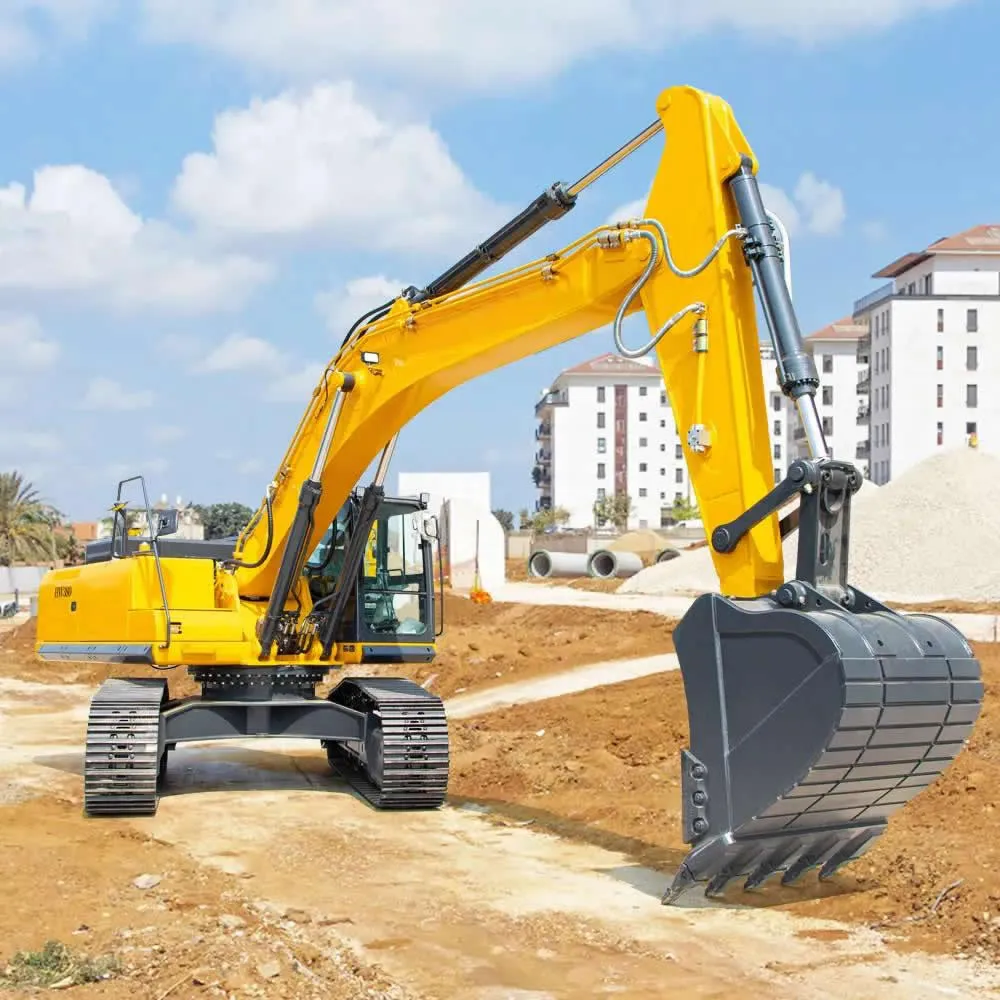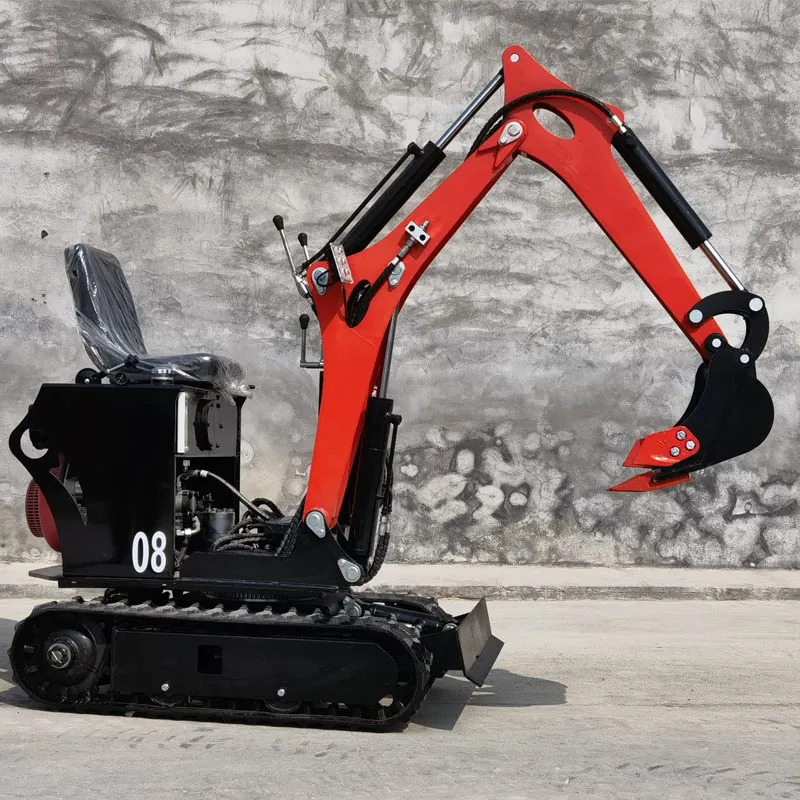
Drivers who work on construction sites for a long time value the following: stability and reliability, high efficiency and fuel saving, comfort and safety, precise operation, and easy maintenance. The latest survey in 2025 shows that 85% of senior drivers list "precision control" as the primary indicator. The following are the characteristics of the models that best meet the ideal needs of engineering drivers in the engineering vehicle excavator industry, as well as their "unexpected" advantages.
(1). High-efficiency and energy-saving hydraulic system and intelligent mode
Advanced hydraulic systems (such as closed-center hydraulics and electronic pressure control) can accurately distribute oil flow according to task requirements, thereby significantly reducing fuel consumption;
Intelligent power regulation (such as power sensing control) can adjust the output force to adapt to different working conditions, helping to shorten cycle time and improve work efficiency;
Automatic idling and shutdown function: such as automatically reducing speed or shutting down after a few seconds of operation, reducing idling time, effectively saving operating costs and extending equipment life.
(2) Excellent cab comfort and operating experience
Large viewing glass and optional front/side view camera system expand peripheral observation field of view and reduce blind spots;
Balanced and quiet air conditioning system, heated/cooled air suspension seat and ergonomic layout effectively relieve fatigue from long-term operation;
The touch screen integrates real-time status, rear view image and one-touch parameter switching to reduce eye and neck fatigue and improve operational convenience.
(3) Accurate response and sensitive control
With the help of modern hydraulic technology and load sensing system, the control arm, rotation and bucket respond quickly and accurately, meeting the requirements of complex working conditions and reducing rework rate;
Fine swing control achieves smoother rotation operation and improves handling and positioning efficiency;
The intelligent floating working arm function can float freely along the terrain, which is particularly suitable for fine-tuning operations with high flatness requirements.
(4) Strong adaptability and diverse processes From micro-narrow operations to medium-sized standard crawlers, various sizes can handle urban pipeline construction, landscaping, community earthwork and even excavation/handling sites; The zero tail swing design makes rotation in narrow spaces safer, reduces the risk of collision, and is suitable for complex site operations; The diverse quick coupling system supports switching between different operating attachments (such as breakers, grabs, rotary tillers, etc.), effectively improving task flexibility. (5) Reliable maintenance and cost advantages Active national/regional service networks, regular spare parts and simplified maintenance processes ensure rapid fault response and minimized downtime; Total cost of ownership (TCO) is considered an important evaluation indicator: fuel efficiency, cycle time, maintenance intervals, and electronic assistance skills all directly affect long-term benefits; Operator training and machine guidance systems (such as intelligent elevation and slope control systems) can significantly improve efficiency and accuracy, reducing rework and inspection costs.
|
Hidden advantages |
Substantial impact on the driver or team |
|
Automatic idle/stop |
Continuously reduce idling fuel costs and engine wear, saving total operating costs |
|
Intelligent operation control(such as slope assist and overbreak protection) |
Improves standardization and accuracy, reduces operator burden and reduces rework |
|
Quick coupling system |
More efficient part switching, faster task switching, and improved multi-functional operation flexibility |
|
Real-time feedback and elevation guidance |
Determine depth and slope in real time, reducing manual measurements and enabling faster and more accurate excavation. |
|
Ergonomic and comfort design |
Extend daily working hours to reduce fatigue, improve safety and work efficiency |
(1) Accurately match working conditions
For narrow or municipal operations, give priority to small or zero tail swing models; for large foundation pits, roads or earthwork projects, choose medium-sized standard crawlers.
(2) Highlight the comfortable experience
Prioritize the noise reduction level of the cab, cabin temperature control, wide field of view, and ease of use of the touch interface.
(4) Focus on long-term operating costs
Compare fuel efficiency, operating cycle time, intelligent energy-saving technology, maintenance frequency and service support channels.
(5) Personal test ride and trial experience
It is recommended to communicate with experienced drivers in real life, test ride and operate, and experience the response speed and operating comfort firsthand.

For experienced excavator engineering drivers, the most ideal excavator is not a single brand, but a model with the combined characteristics of "intelligent energy saving, precise control, comfortable operation, simple maintenance, and adaptability to multiple scenarios". Automatic idle and intelligent power control help save fuel; the air suspension seat and vibration reduction reduce fatigue; the wide-view touchscreen interface provides greater operational confidence; and real-time elevation feedback assists in increasing lifting efficiency. Once you use these "hidden advantages," you'll be pleasantly surprised to find they offer smoother, more worry-free operation than traditional machines.
When selecting an excavator, we recommend a comprehensive evaluation based on operating requirements, operator feedback, ease of maintenance, and ongoing costs.
Stay tuned for our column, where we'll continue to share real-world driving experiences and technical insights with excavator drivers.